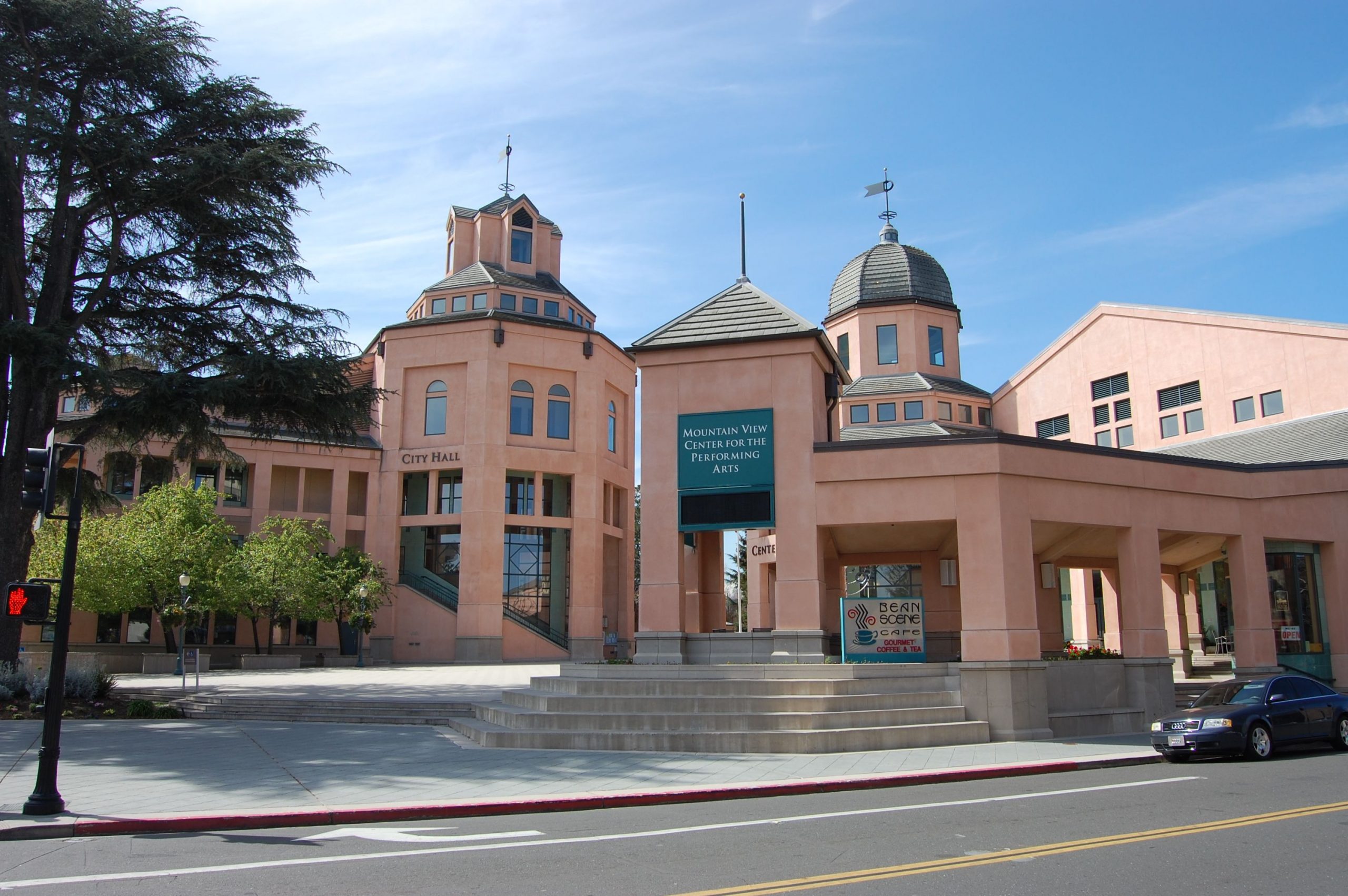The housing market continues to adjust to the first rate cut by the Federal Reserve in years, sliding mortgage rates, and an economy that keeps surprising to the upside. Putting all of these factors together, C.A.R. (the California Association of Realtors) released its forecast for 2025 and expects both home sales and home prices to continue their upward trend. Consumer confidence has slid, reflecting the normalizing labor market and more muted economic growth, but income and spending continue to rise. New home sales have yet to rebound despite the recent rate cut, but demand is already picking up and preliminary indications suggest an unseasonably strong winter in California.
2025 California housing forecast released: C.A.R. released its 2025 Economic & Housing Market Forecast at its annual conference last week. Home sales are expected to rise by more than 10% next year as dwindling interest rates help to bolster demand and unlock critical housing supply to generate a second consecutive uptick in transactions. Home prices are expected to continue their upward trend as well since the increase in supply will still leave inventory very tight by historical standards. Even though inventory will be up from the past two years, it will only help to normalize price growth from the double-digit range, where it was earlier this year, into the mid-single-digits in 2025. Fortunately, the economy is currently forecast to narrowly avoid a recession, which should be a net positive for housing next year as well.
Lower rates yet to boost new home sales: Although rates have dipped more than 100 basis points over the past 3 months, new home sales retreated again in August—shrinking by 4.7%. This matches the results seen in the existing resale market that were reported earlier this month and suggests that the positive benefits of lower rates is still cutting against the typical seasonal slowdown that happened each fall as families return to school and begin to focus on the holiday season. However, with the Fed’s recent rate cut and mortgage rates stabilizing in the low-6% range, demand for new and resale homes is expected to improve as we approach the end of the year. California data shows that we could be in for an unseasonably strong winter as pending sales are typically dropping off much more precipitously by this time of year. That they are stable indicates that year-to-year growth rates for closed sales could accelerate during the final quarter of 2024.
Labor market weighs on consumer confidence in September: Consumers remain pessimistic despite improvements in other economic areas. The overall consumer confidence index slipped nearly 7 points in September marking the largest one-month drop in 3 years. Top concerns for consumers last month were job security and wage growth, which reflects doubts about sustaining the economic recovery. This cautious outlook contrasts with more optimistic views on other economic fronts like inflation and consumer spending. While overall job growth has continued in recent months, consumers are less optimistic about both the quantity and quality of available jobs, and portends ill for wage growth. Job seekers are still facing challenges, especially those with lower qualifications. The negative outlook on the job market is expected to begin to impact consumer spending habits, with individuals being more cautious in their financial decisions.
Mortgage market reminds consumers not to wait for the Fed: Despite the Fed embarking on a campaign of much- anticipated rate cuts for the first time in years, consumers are learning that waiting on the Federal Reserve to deliver cheaper mortgage rates may not be the recipe for success. This is because financial markets in general, and the bond market in particular, move in anticipation of Fed behavior. When the Fed acts according to expectations from the market, the market reaction is minimal because these expectations have already been priced into the market. Indeed, even before the Fed had announced their first rate cut of 50 basis points, the Treasury market and mortgage rates had already begun to fall from the mid-7s to the low-6s. Indeed, when the Fed finally announced their rate cut, mortgage rates actually increased slightly to roughly 6.2%, where they still stand at the time of this writing.
Bond market becoming increasingly bullish on soft landing for the economy: After being in negative territory for more than two years straight, the “yield curve” is no longer inverted. This metric, which measures the spread between short- and long-term bonds, is typically viewed as a good measure of short run economic risk as an “inversion” indicates that short-term investors are worried about the immediate future of the economy and therefore have a smaller appetite for short-term treasuries. This pushes down the price of short-term bonds thereby increasing short-term rates and tipping the yield curve negative. As short-run fears about the economy have subsided, demand for 2-year bonds has increased—driving up prices, lowering rates, and pushing the yield curve back into balance. There are still some concerns about a potential for recession or other economic shocks to the commercial real estate or stock markets, but financial markets appear to have greater confidence that the economy will avoid a recession in 2025.

 Facebook
Facebook
 X
X
 Pinterest
Pinterest
 Copy Link
Copy Link






